Discover two of Eastern Europe's most beautiful countries:
Romania and Bulgaria TOUR!
Enjoy a 18-day multicultural experience that will bring you the best of both countries: Bucharest - the "Little Paris of the East", Plovdiv - 2019 European Cultural Capital, Sibiu - 2019 European Gastronomy Region, Rila Monastery - UNESCO World Heritage, UNESCO Biertan Fortified Church, Sighisoara citadel - Dracula's hometown, medieval cities, unique Painted Monasteries, wooden churches, the legendary Bran Dracula's Castle and Peles Castle - the most beautiful palace in Eastern Europe, and many more!
Departures: All year
Duration: 18 days / 17 nights
PRIVATE TOUR: Private tour / small group
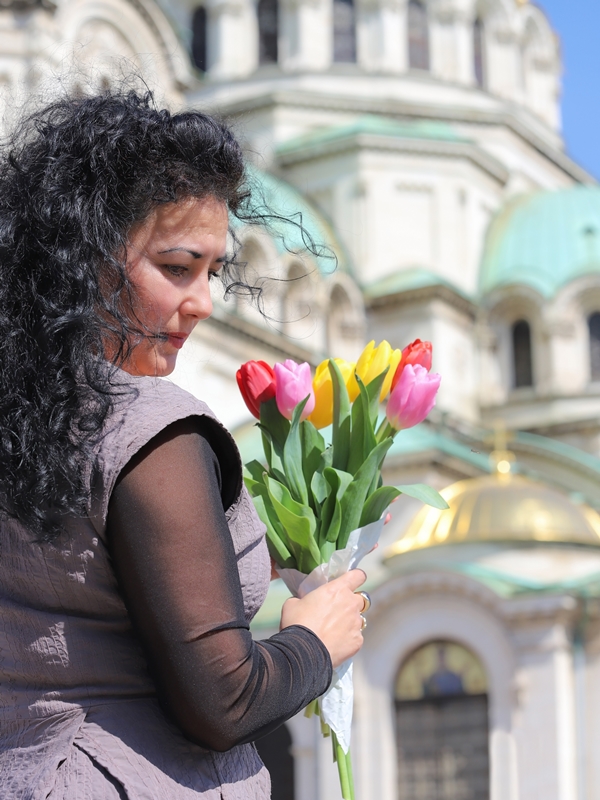
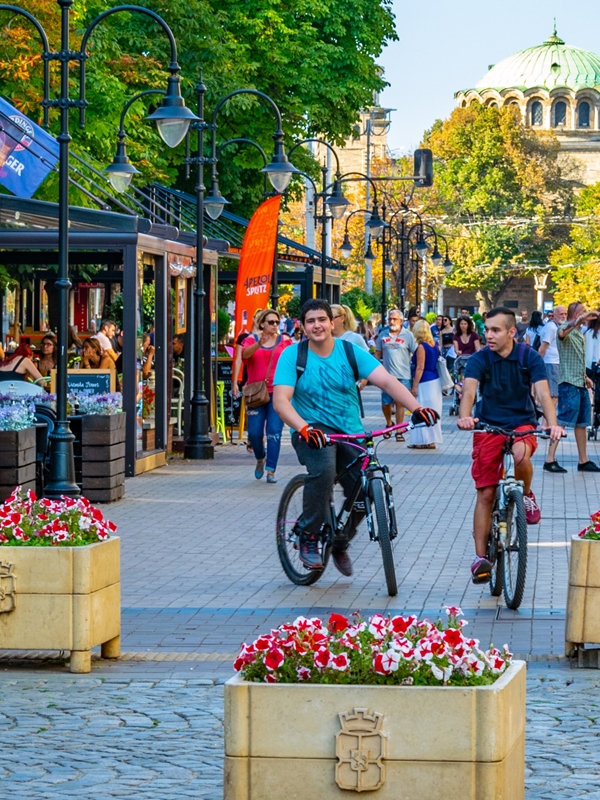
Day 1: Sofia - arrival
Arrival at Sofia airport. Meet the guide at the airport and transfer to the 4* hotel for your first night accommodation.
Day 2: Sofia (city tour)
Breakfast in the morning, then sightseeing tour of Sofia - Bulgarian Capital.
Sofia is Bulgaria’s capital and largest city. Situated in the very heart of the Balkan peninsula, it is one of Europe’s oldest cities. It has by far the most dynamic cultural life in the country and offers a large variety of activities. It will also immerse you into the city’s rich Roman heritage.
The sightseeing tour includes: the St. Alexander Nevski Cathedral, Hagia Sofia, George Rotunda, Sveta Nedelya Church, Sf. Sofia Statue, Central Bath, Banya Bashi Mosque, Sinagogue.
Free time for shopping as we will also visit the Market in Sofia.
In the evening, overnight in the same 4* hotel in Sofia.
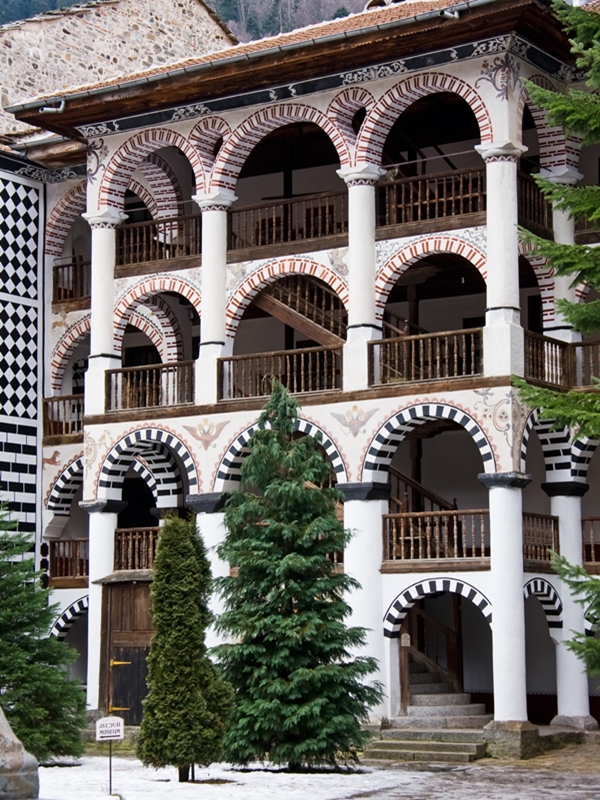
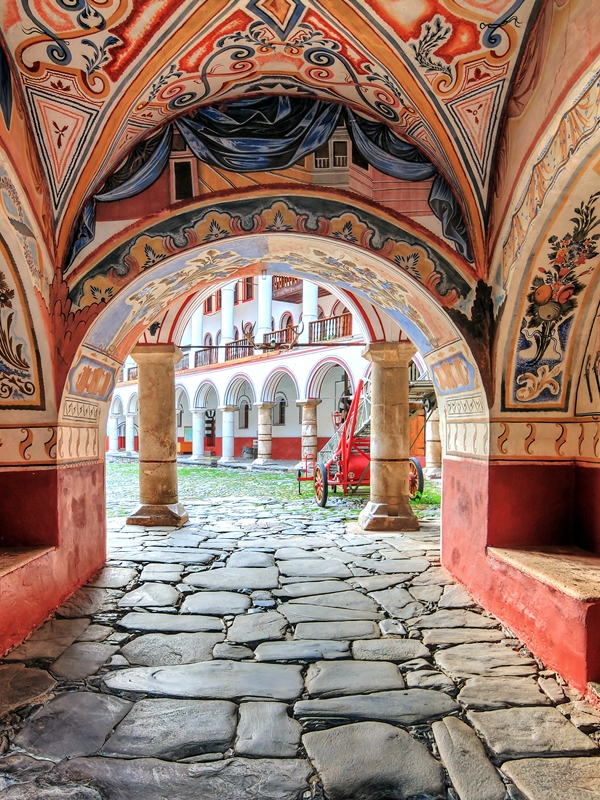
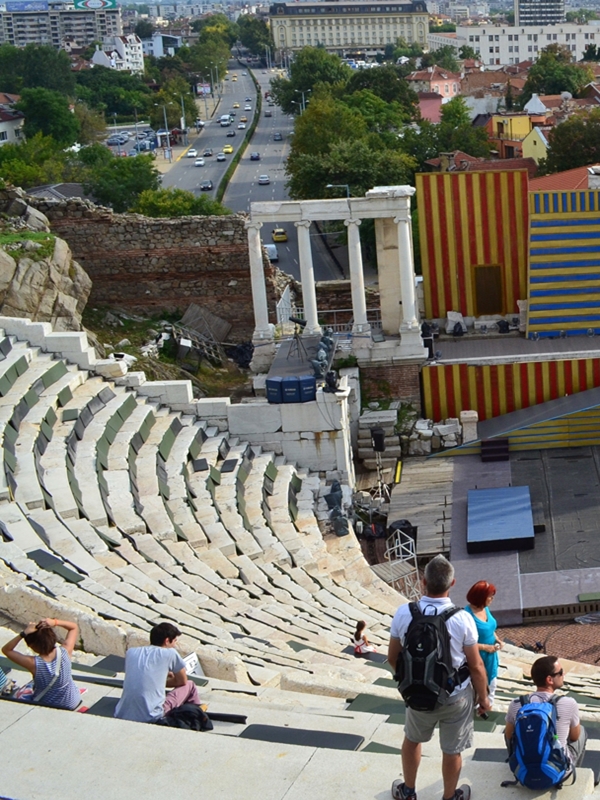
Leaving Sofia in the morning, after breakfast. We will continue our way to Rila Monastery, the biggest monastery of the Balkan peninsula. Visit one of the oldest Bulgarian monasteries (10th C.), included in the UNESCO World Heritage List with medieval defense tower from the 14th C. and fine frescoes.
We move further to Plovdiv – the second biggest town of Bulgaria, and one of the oldest cities in Europe (contemporary of Troy), across the magnificent nature of the Rila and Rhodopi Mountains. Plovdiv is Homer, Herodotes and other ancient authors describe the life, traditions and the rich culture of the Thracians, who are the oldest population in the Balkan Peninsula. Sightseeing tour in Plovdiv: we will walk in the old part of the town with beautiful old houses from the Bulgarian Revival period (18th – 19th C.): visit St. Konstantin and Elena church, the Roman Theatre, The Amphitheatre, Ethnographic Museum, Cuma Mosque.
Overnight in Plovdiv.
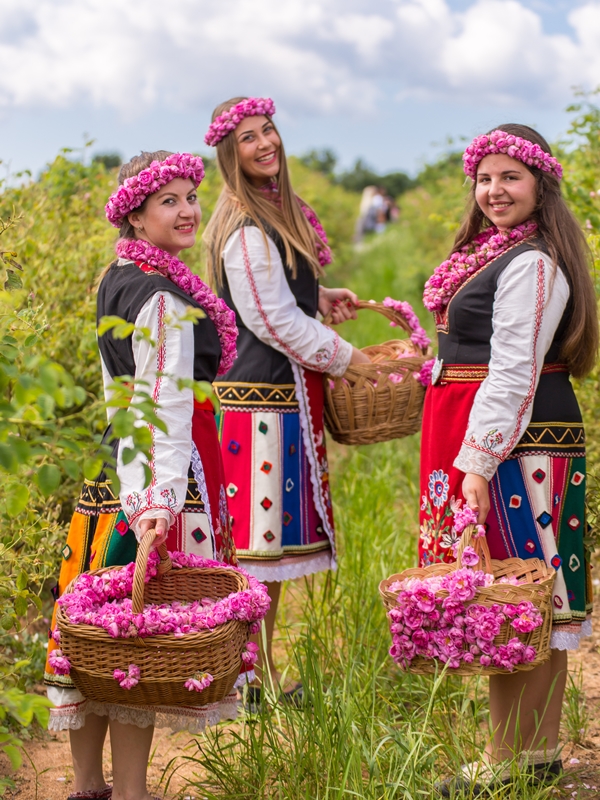
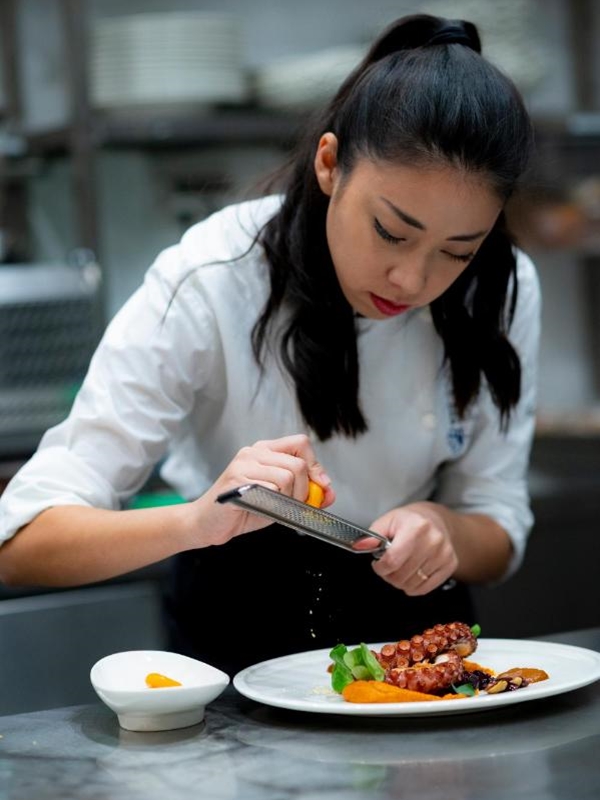
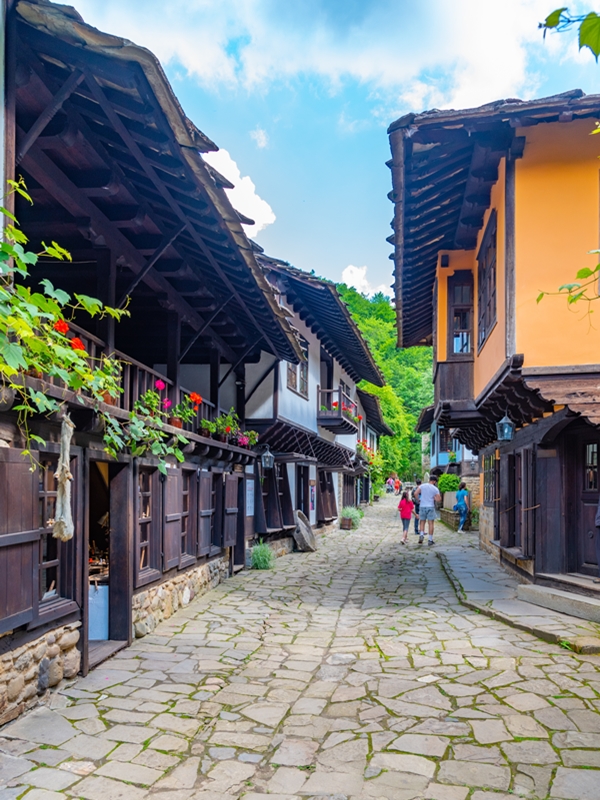
Leaving Plovdiv in the morning, after breakfast. Departure to Kazanlak. Entrance to the History Museum with exhibition of gold Thracian treasure found in 2004 and to the Thracian tomb - replica. The xet attraction in Kazanlak is the Rose Distillery – where we have the opportunity to discover the tehnique of rose picking process in the rose fields, visit the authentic rose distillery, discover the ethereal oils used in the perfumery and taste of rose jam and rose liqueur.
After this stop, we will head to the biggest open-air museum in Bulgaria – Etar. You will learn all about the traditional Bulgarian handy crafts. Etar futures typical Bulgarian revival houses with two floors, bay windows, a clock tower.
In the evening, arrival in Veliko Tarnovo, and city tour of the ancient capital of the Second Bulgarian Kingdom (12th -14th C.), picturesquely situated on the hills at the banks of the meandering river Yantra. Visit of the medieval fortress of Tsarevets hill and of Samovodska charshiya - handy craft street, free time for shopping.
Accommodation in Veliko Tarnovo.
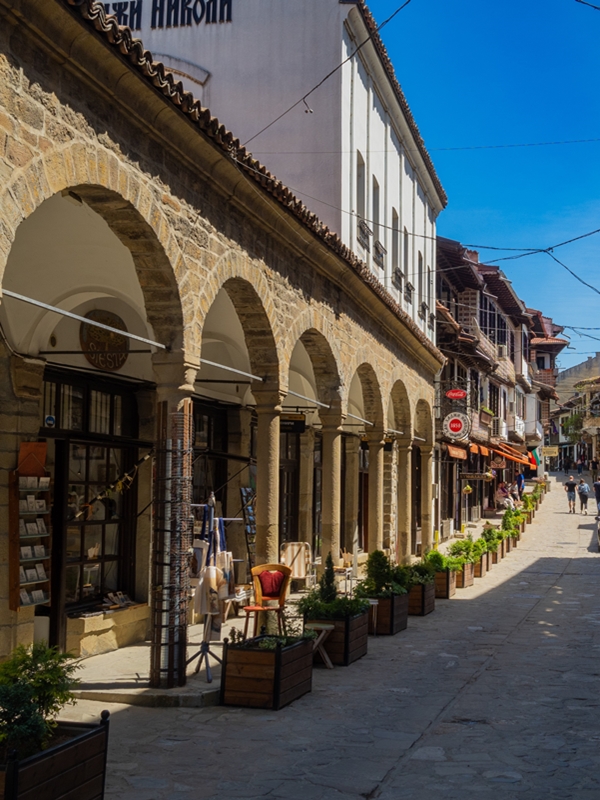
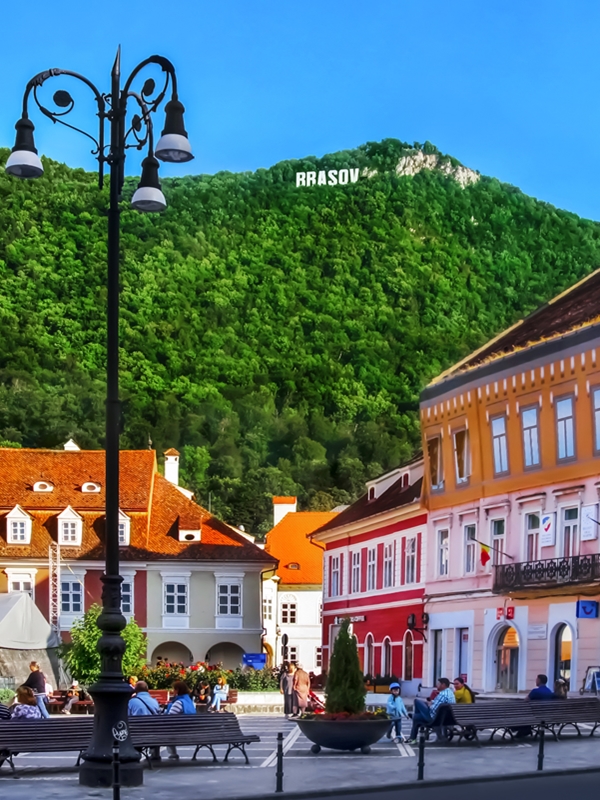
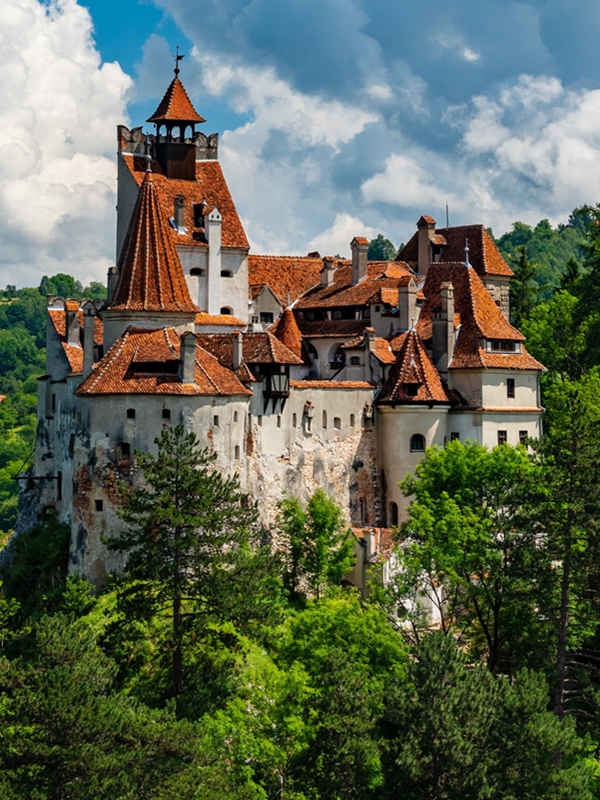
Day 5: Veliko Tarnovo - Rousse (border) - Brasov
Breakfast in the morning, then head to Romania, via Rousse Border.
Cross the Rousse border to Romania and transfer to Brasov.
Check-in at the hotel and free time.
Day 6: Brasov - Bran Castle - Brasov
Meet your guide after breakfast, and enjoy a guide city tour of Brasov, one of the most beautiful cities in Romania. We will discover the medieval part of it with: The Black Church that houses a priceless collection of Oriental rugs as well as a 4000-pipe organ, The Town Hall Square, The Central Park, The Black Tower, The White Tower, the Rope Street – the narrowest street in Europe and the first Romanian School in Transylvania.
Then, we head to Bran village where we will visit the famous Bran Castle (known as “Dracula’s Castle”). Situated 30 Km away from Brasov, between the Bucegi and Piatra Craiului Mountains, Bran Castle is an important national monument and landmark of the Romanian tourism, due not only to the beauty of the Castle and the landscape but also to the legend of Count Dracula. Since 1956 the Castle is open as a museum of history and feudal art.
In the evening, return and accommodation at the same hotel in Brasov.
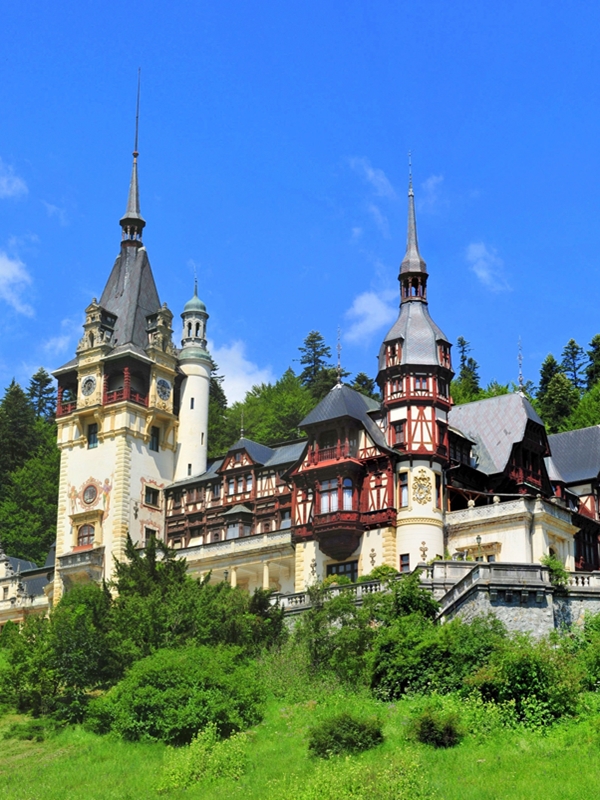
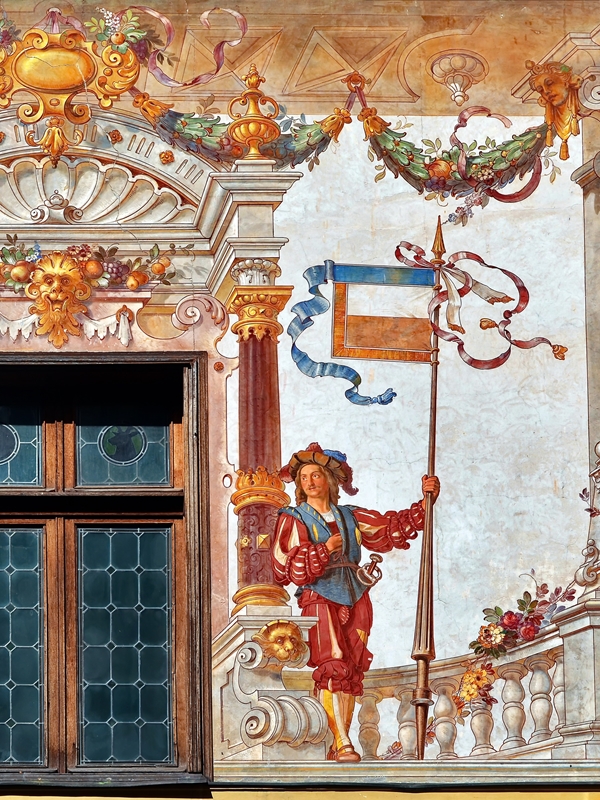
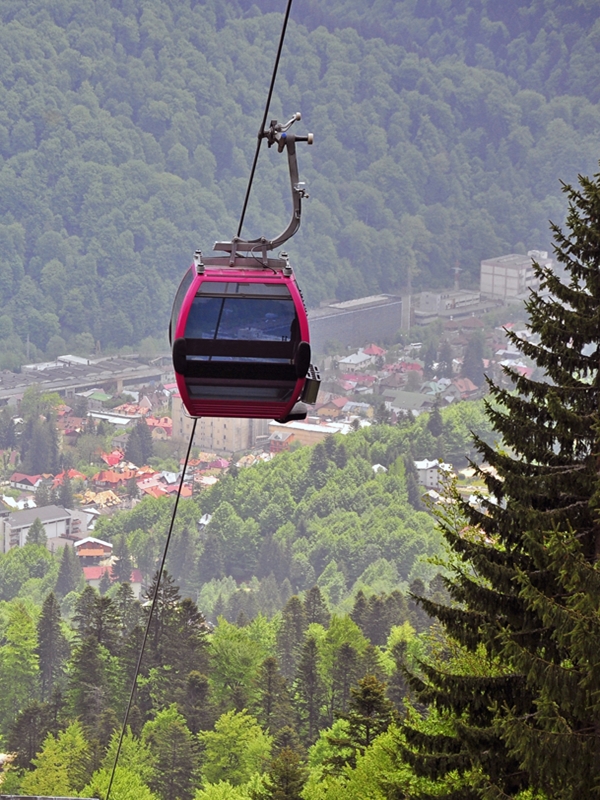
Breakfast in the morning. Today visits include Sinaia Mountain Resort, the place where Sinaia Monastery and the famous Peles Castle are situated.
Peles Castle is one of Romania's most beautiful palaces once the Summer residence of the Romanian kings and one of Romania's most important museum. Peles Castle was the final resting place for several Romanian monarchs, including King Carol I, who died here in 1914, as well as King Ferdinand and Queen Maria.
Visit of Sinaia Monastery - the name of the town comes from the Monastery of Sinaia, built in 1695 by the "spatar" (old high rank among the military nobility of the Valahian kingdom) Mihai Cantacuzino after a pilgrimage to the Holy Land, at Mount Sinai; the monastery contains religious objects, icons, rare books and the exhibition of pottery and porcelain ware (dating from 16th - 19th cent.).
In the evening, return and accommodation at the same hotel in Brasov.
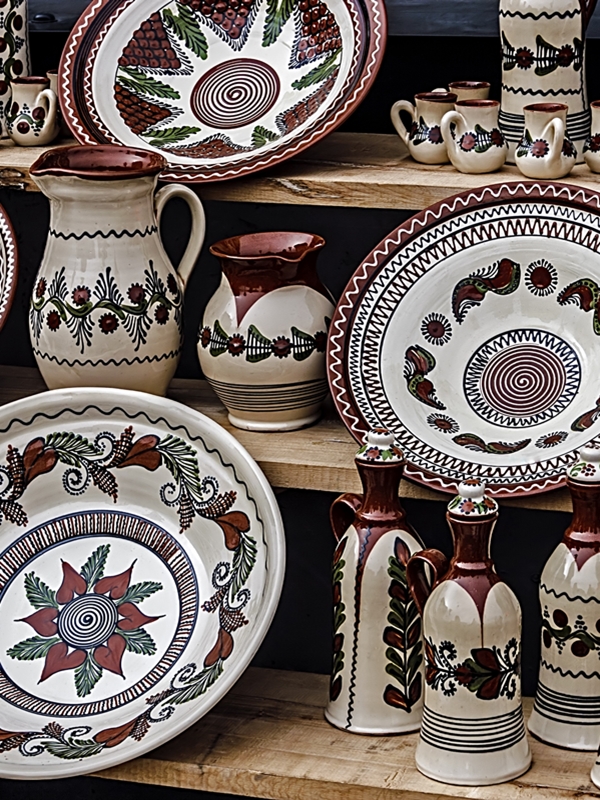
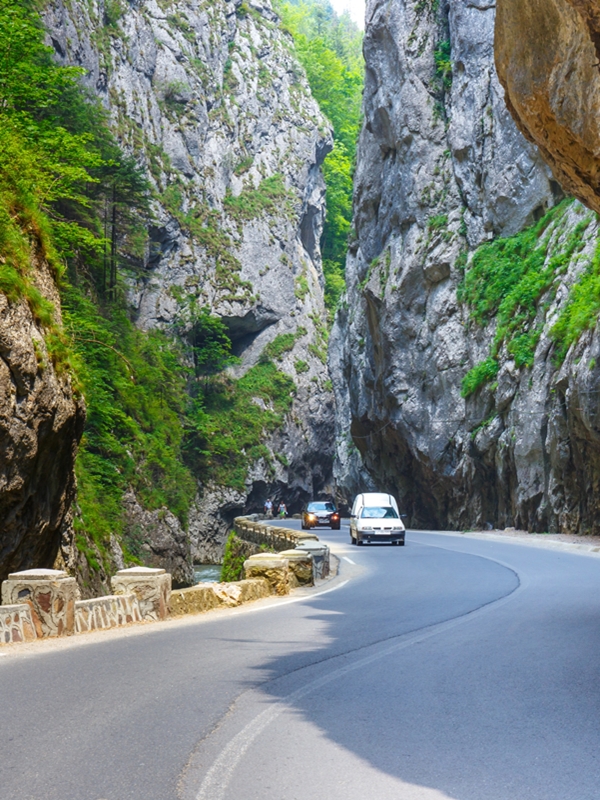
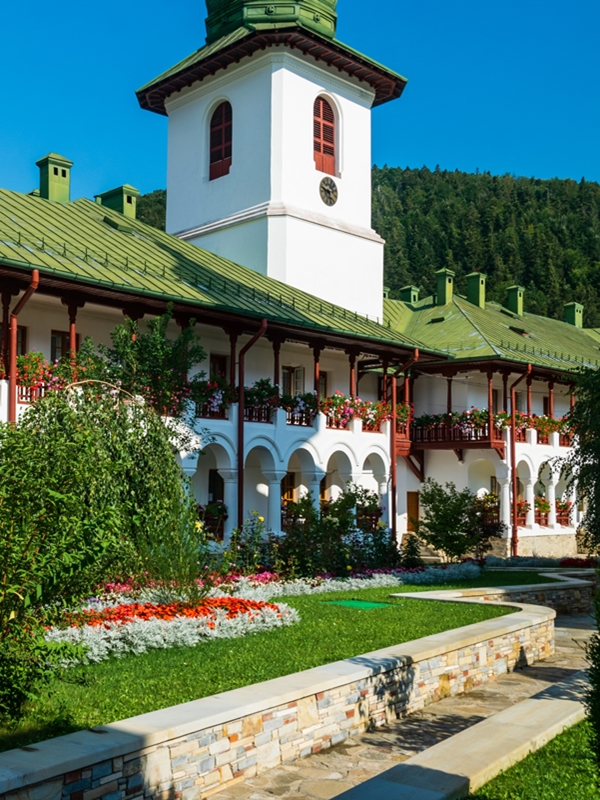
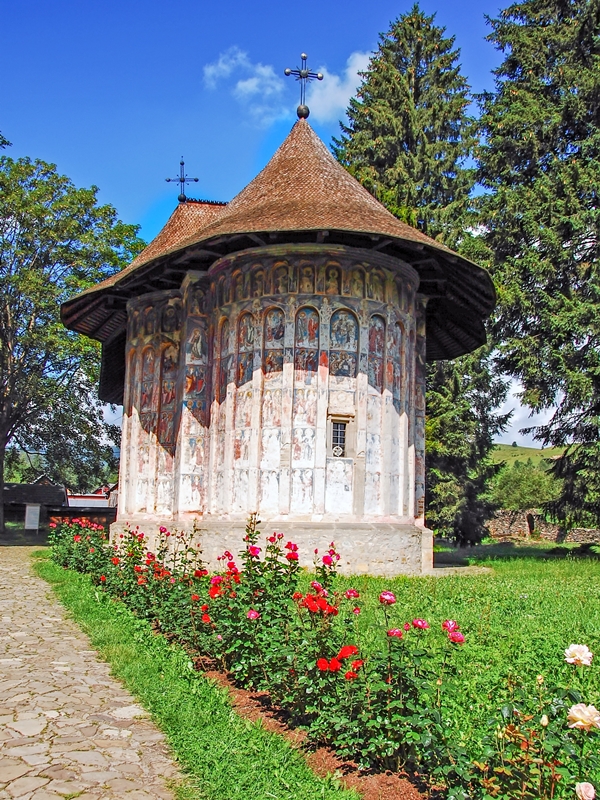
Breakfast in the morning. Today we will continue our way to Bukovina region.
On the way, we will have a stop in Harghita County at the Corund Pottery - one of Romania's major pottery centers, where traditional ceramic ware is being produced. Then we continue via Praid and the beautiful Bicaz Gorges, on the river Bicaz, that make the connection between Transylvania and Moldova. The gorges attract by its beauty many tourists every year. They are crossed by a winding road, and the landscapes are simply amazing.
After crossing the mountains, we discover the beautiful Agapia Monastery. It is the only monastic settlement in the country that bears the name of “Christian love”, which comes from the Greek “agapis”. The monastery is famous around the world due to its interior frescoes painted in 1858 by the great Romanian painter Nicolae Grigorescu (one of the founders of modern Romanian painting).
Then, we go ahead to Nicolae Popa Ethnographic Museum in the village Târpeşti, Petricani commune, Neamt County, one of the most beautiful and interesting museums in Moldova. Nicolae Popa, the creator of the museum, known as a craftsman, artist, exceptional collector, writer, learned as a child to make masks for the New Year, and later, to carve in stone (hone) and to wood carve faces of people with original appearance. On both sides of the alley leading to the museum, will greet us for welcome naive sculptures in wood and stone, creating an area of freedom where you feel worn in another world.
In the evening, we reach our final stop – Gura Humorului, Bukovina region, where we will be accommodated for the next 2 days.
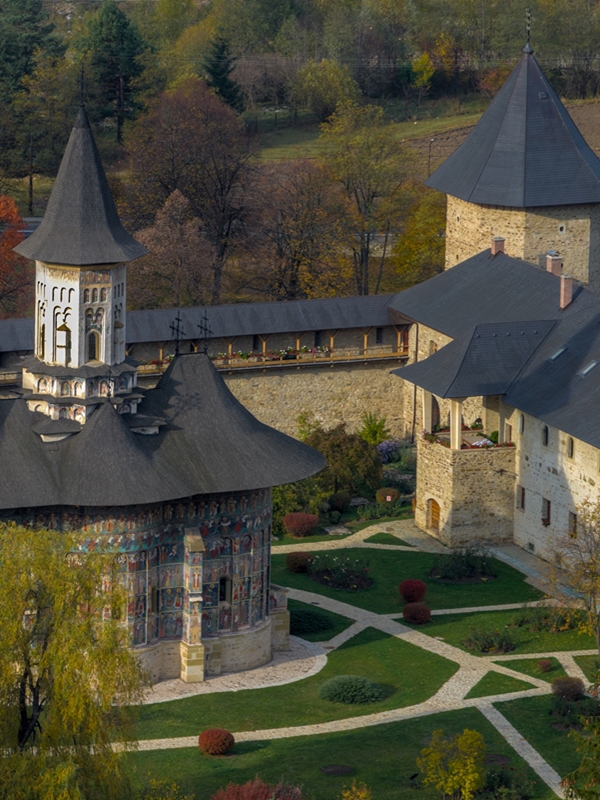
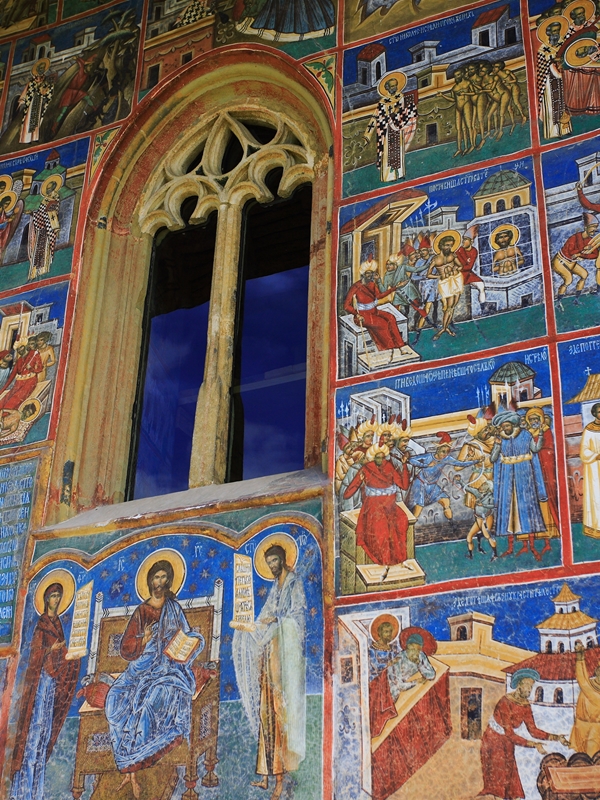
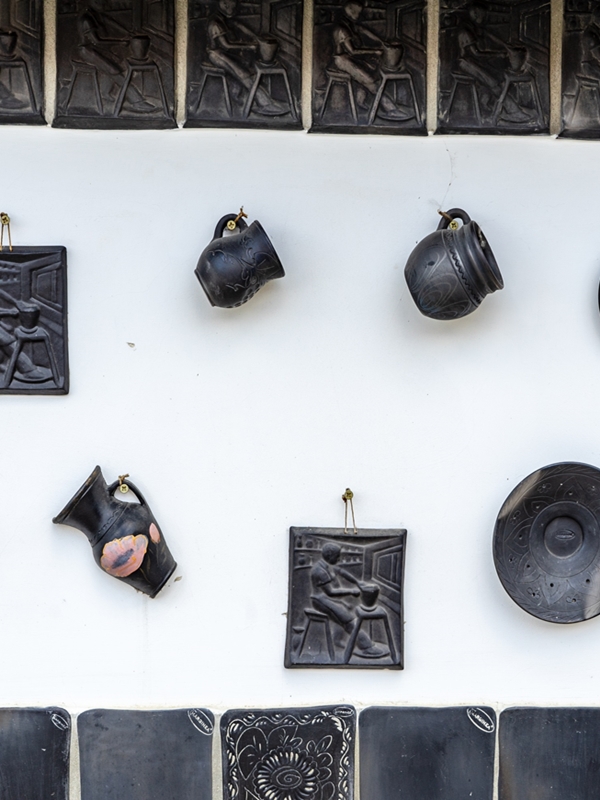
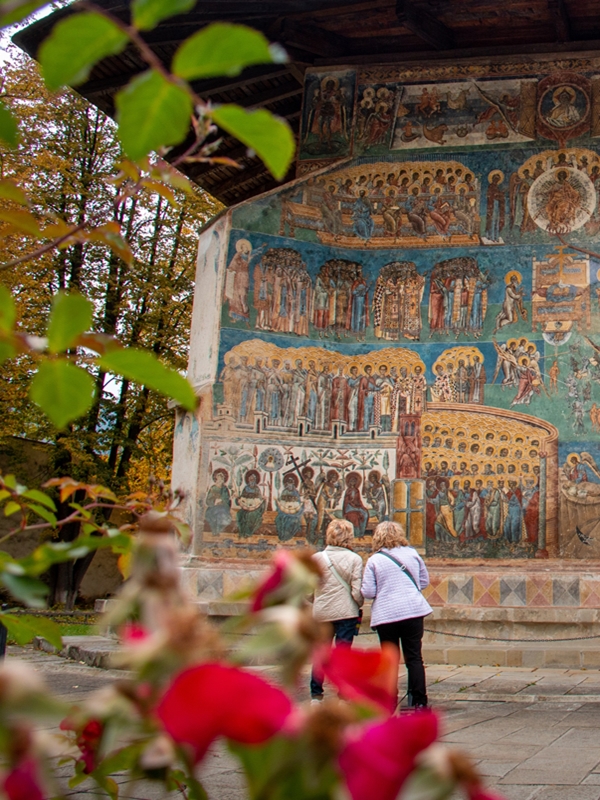
Breakfast in the morning, then we will visit three of the most famous and beautiful Painted Monasteries of Bucovina (UNESCO protected cultural sites):
Sucevita (founded in 1581 by Gheorghe Movila, Bishop of Radauti, Sucevita was the last of the 22 painted churches of Bucovina and has the largest number of painted images; it was a princely residence as well as a fortified monastery),
Moldovita (built by Petru Rares in 1532, the predominantly gold and deep blue paintings on the exterior walls were completed in 1537; the large and vivid Siege of Constantinople highlights the frescoes, while another stunning representation depicts the Tree of Jesse, representing Christ’s genealogy, a wide-spread iconographical theme in Europe during the Middle Ages)
Voronet (1547, surnamed “The Sixtin Chapel of the East", this "jewel of Bucovina" was built by Romanian great ruler Stefan the Great in 1488, and it is well known for its frescoes with predominant blue color - Voronet blue, that depict a fairy-tale world, painted on a "piece of heaven").
Today, a special visit is dedicated also to the Museum of Painted Eggs “Lucia Condrea” in Moldovita. The Easter, the most important and the greatest Christian holiday of the year has always been worshiped by the Romanians as a day of holly joy. Among all Romanian customs, the one of painting eggs for Easter is by for the finest and mildest and maybe nowhere else like in Bukovina the egg isn’t looked upon and considered with so much love the custom of painting it is raised at a high artistic level. In Moldovita (Bukovina) this tradition is at home. Member of the Artistic Union of Romania and having a lot of prize within the most important exhibitions of art in the world, Lucia Condrea is an unique artist and the eggs painted by her are the reflection of a gift with which she is endowed by God to make the other people happy.
Another interesting site we will enjoy today is Marginea village, famous for its black pottery. Visit to the workshop included.
In the evening, return back to Gura Humor and overnight in the same hotel.
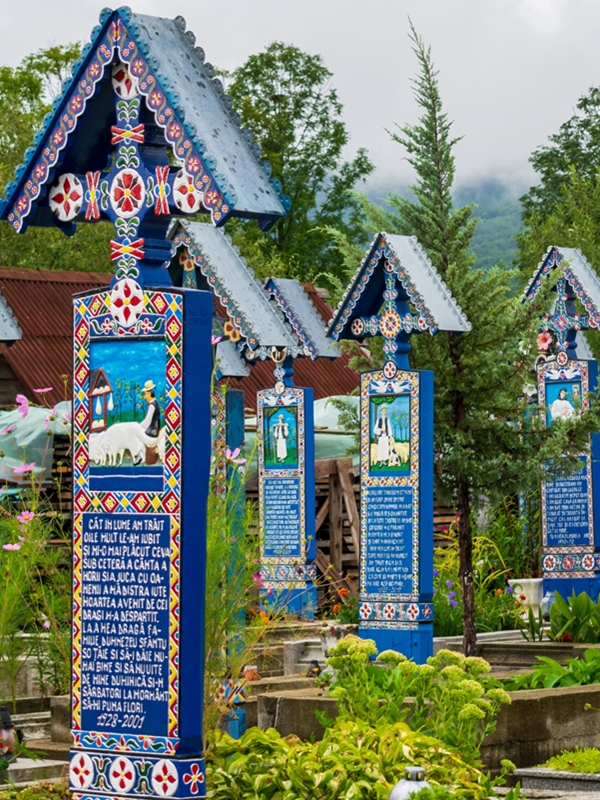
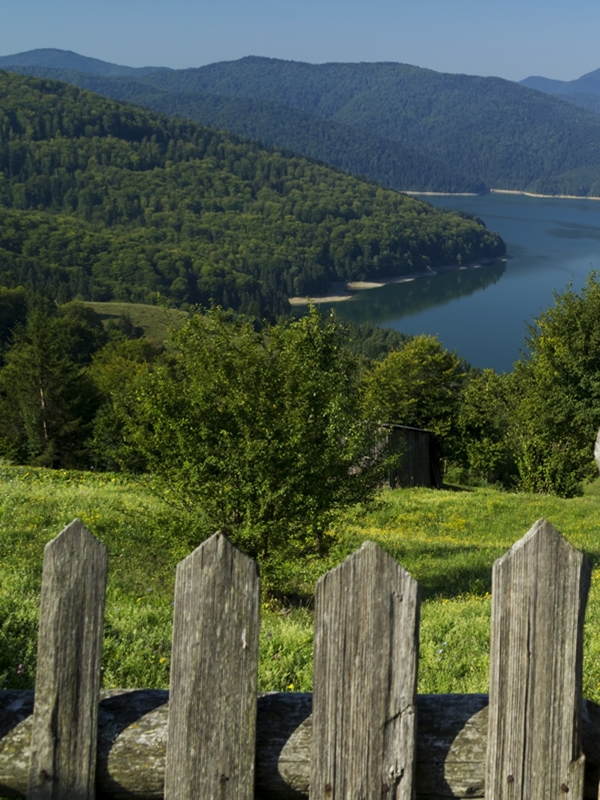
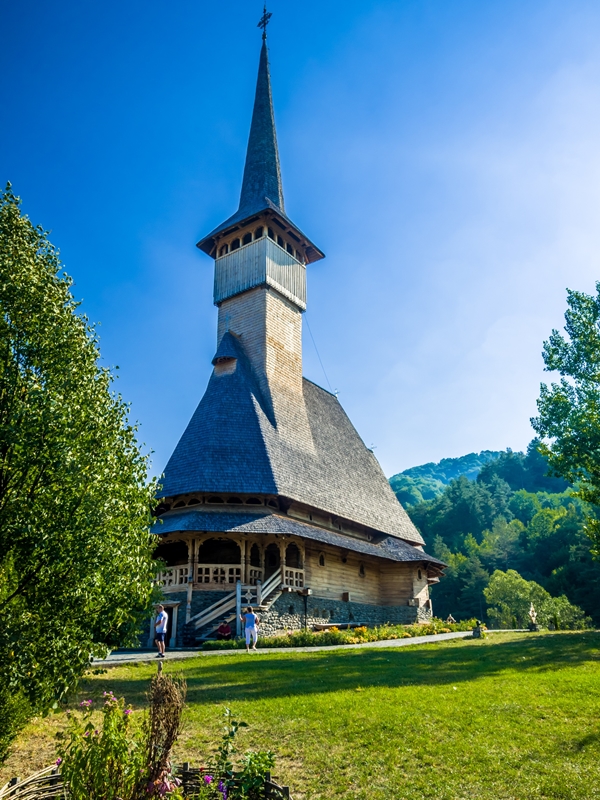
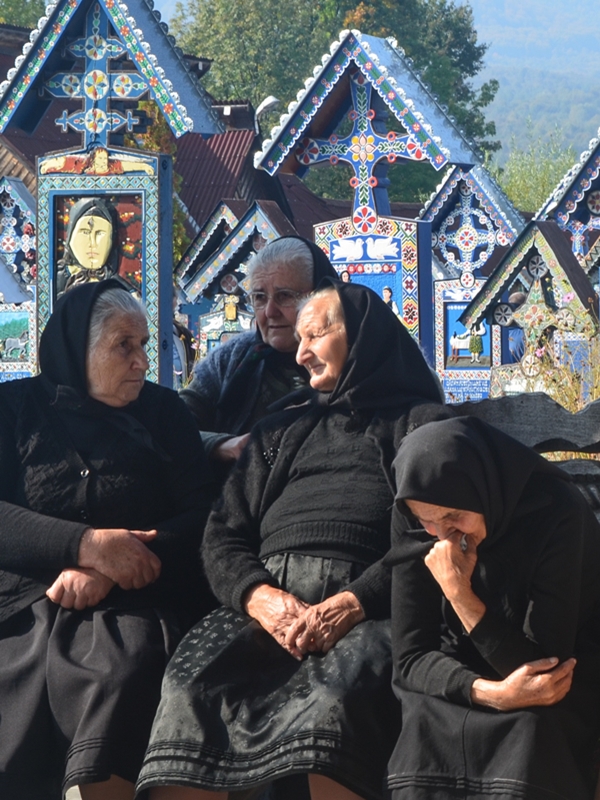
Breakfast in the morning. Today we leave Bukovina and move further to Maramures County.
Continue our way via Campulung Moldovenesc, Iacobeni, Vatra Dornei, Tihuța Pass and Bistrita Nasaud. On the way a stop will be made in Tureac for a visit to Bacea family to discover the mastery of one of the few furriers specialized in fine embroidery on sheepskin.
Reaching Maramures region, we can visit also Barsana Monastery, one of the highest wooden churches in the world with splendid gardens, and Toader Barsan’s house, a local wood carver who took part at the Smithsonian World Festival in Washington, famous for the wonderfully carved wooden gates.
In the afternoon we reach Sapanta Village, famous in the whole world for "The Merry Cemetery". Ancient beliefs viewed death as a beginning, not as an end, and this faith is reflected in the carvings in the town’s unique Merry Cemetery. Blue wooden crosses feature a carved scene and humorous epitaphs that endeavor to capture essential elements - both the good and the imperfections - of the deceased’s life.
In the evening arrival and accommodation in Sighetu Marmatiei.
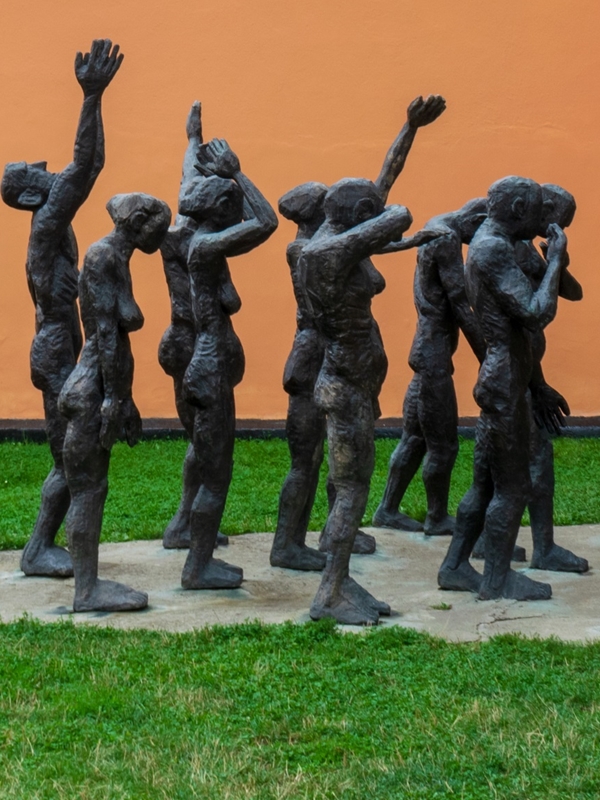
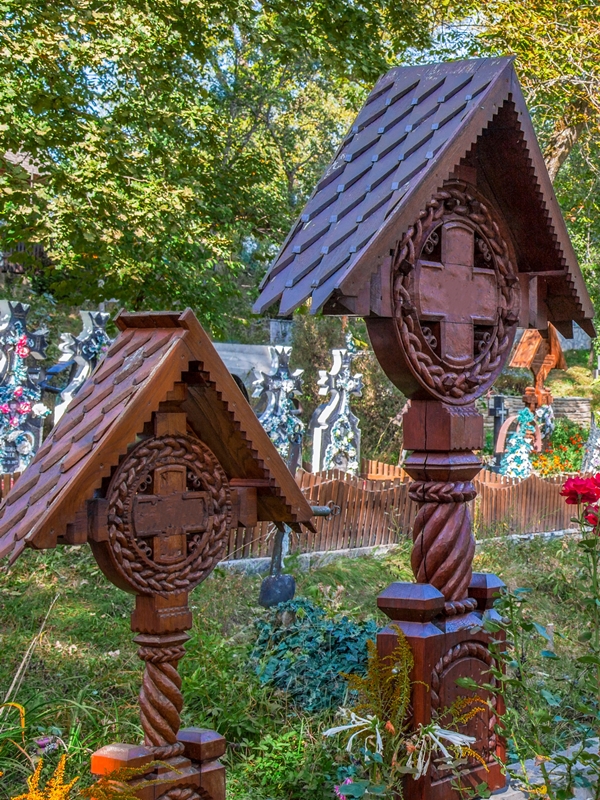

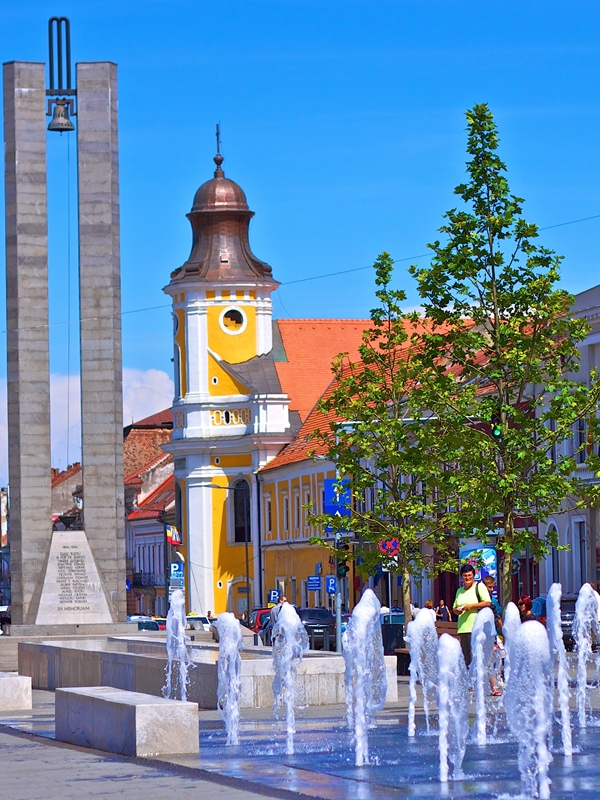
After breakfast, we discover the small town of Sighetu Marmatiei, where we stop at the “Memorial to the victims of Communism”, located in the building of the former Sighet Prison used by the communist regime to silence its opponents, in the 50’s. We will continue your walking tour on the streets of the village admiring the wooden gates, the wooden houses, the local architecture and the locals.
Another visit will be to The Elie Wiesel Memorial House - The Museum of the Jewish Culture in Maramures in Romania. Sited in the house where famous Nobel Prize winner Elie Wiesel was born, the museum uses devotional objects, documents and photos to evoke the memory of the Jews of Maramures killed in concentration camps: 90% died in Auschwitz; the survivors, including Elie Wiesel, emigrated to Israel. The Elie Wiesel House is today a place of pilgrimage for thousands of visitors interested in its famous namesake.
Then we drive from Maramures Region towards Cluj-Napoca, the largest city of Transylvania. On the way we will also have a stop in Barsana village which hosts one of the 7 UNESCO wooden churches from Maramures. Built in 1770 on the site of an older church, it has preserved its original form. The painting, with post-Byzantine influences, made in 1780, was very well preserved. On all the interior walls classical scenes from the Bible are represented. In the patrimony of the church there are also 14 wooden icons made during the 17th and 18th centuries.
Overnight in Cluj-Napoca for the following 2 days.
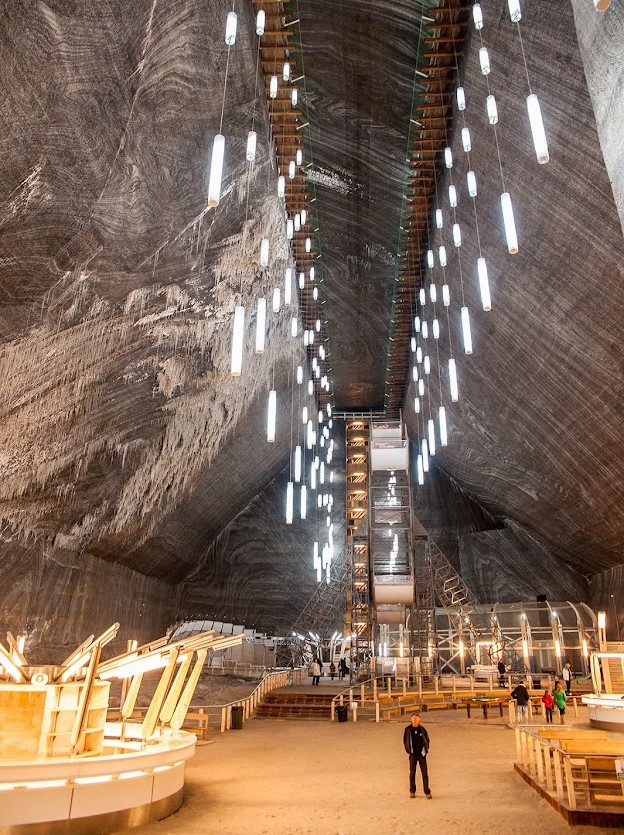
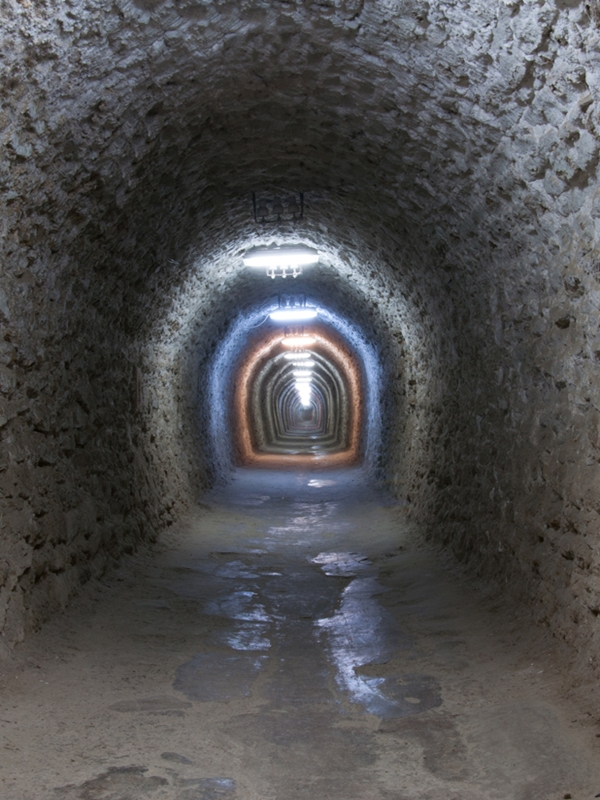
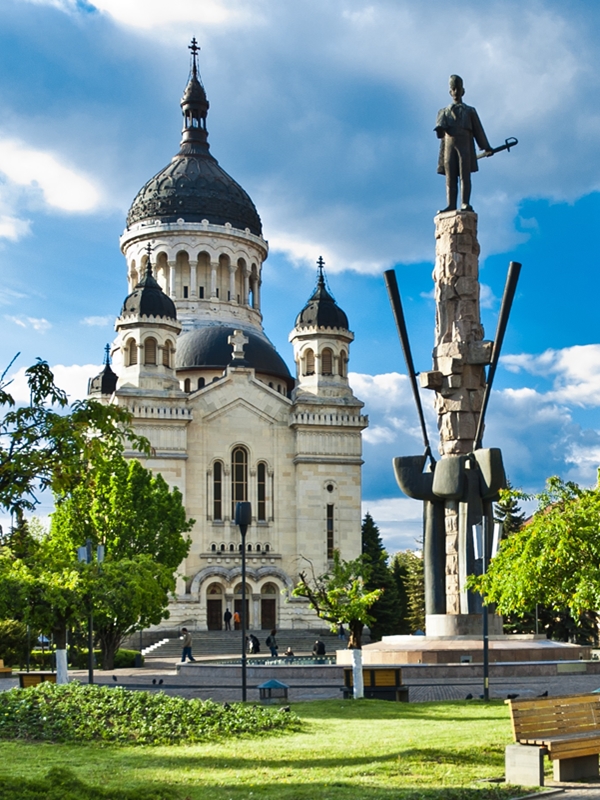
Breakfast in the morning, then we head 20 km from Cluj town to Turda Salt Mine, a real history museum of salt exploitation. Located in Turda, the 2nd largest city in Cluj County, Transylvania, Turda Salt Mine is a must-see Romanian tourist attraction. The Salt Mine (which dates as far back as the 17th century) has been transformed into an incredible underground theme park.We will head down about 400-feet before reaching the submerged wonderland, and once inside, we will find an amphitheater, a bowling alley, an underground lake with paddle and row boats, and even a Ferris wheel.
We return to Cluj and do a sightseeing tour of the most important sites: Union Square, with shops, cafés and restaurants and the monumental St Michael’s Cathedral, dating from 14th century. Next to the cathedral, is the imposing equestrian statue of Mátyás Corvinus (raised in 1902) tramples the crescent banner of the Turks underfoot. His formidable Black Army kept the Kingdom of Hungary safe from banditry and foreign invasion for much of his reign. Next we visit The Pharmacy Museum that displays a beautiful collection of ancient prescriptions, jars and implements, as well as Baroque furnishings and glass cabinets. Down in the pharmacy basement something akin to a medieval dungeon – is the old laboratory, complete with an assortment of tools, pestles and containers. If we have enough time we will visit the Ethnographic Museum of Transylvania, the oldest ethnographic museum in Romania. It was founded on 16 June 1922 as a real science museum and managed to hoard in the eight decades of activity over 120,000 documents of traditional culture. Our tour of Cluj will end with a walk around Avram Iancu Square, where is located The Orthodox Cathedral inaugurated in 1933 to celebrate the Romanians’ triumph in Transylvania.
Accommodation in Cluj Napoca, in the same hotel.

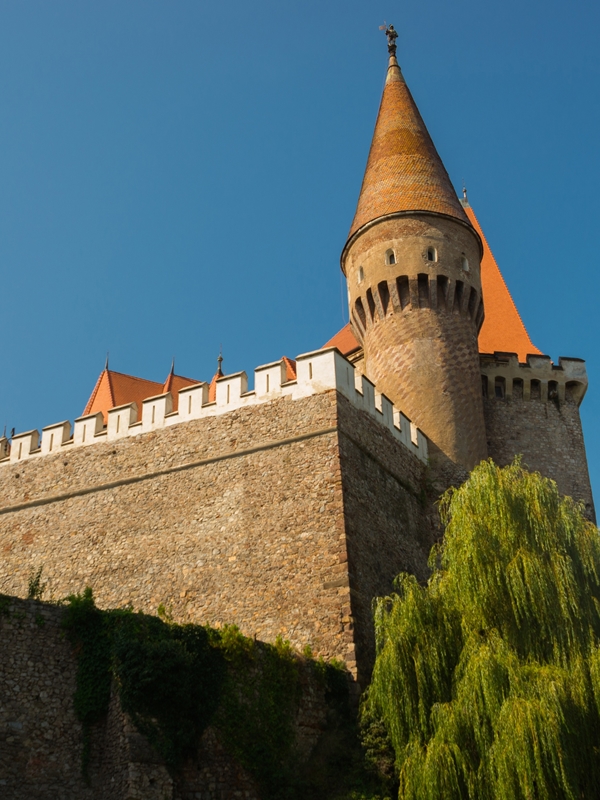
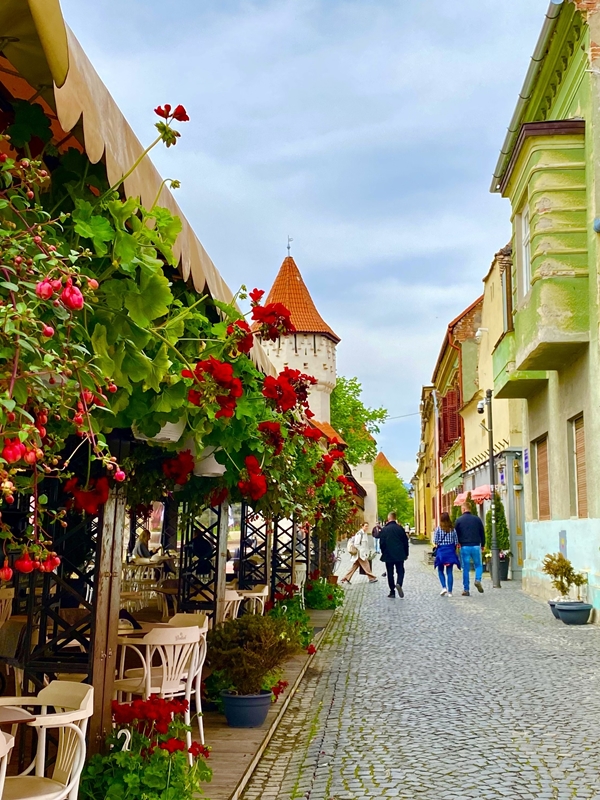
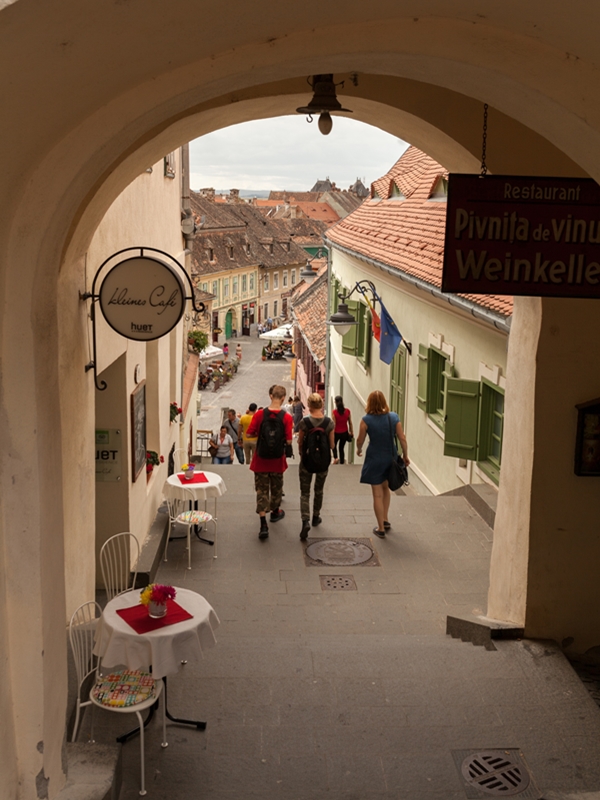
After breakfast, we continue our way to Alba Iulia - the capital of the independent Principality of Transylvania, where the Union Act of the Romanian Principalities was signed in 1918. It is also known under the Latin name of Apulum, the Hungarian name of Gyulafehérvár and the German name of Karlsburg/Weißenburg.
We will visit the Alba Carolina Citadel - the symbol capital of the Romanians. The Citadel is the heart of the town of Alba Iulia, and was design to be the main defensive point of Transylvania, a militay center and arm storage facility. It is composed of 7 bastions confering it the star shape characteristic to such citadels. Visit also the Roman Catholic Cathedral, the most valuable monument for the medieval architecture in Transylvania, inside which can be found the tomb of Iancu de Hunedoara (John Hunyadi). We should not forget Muzeul Unirii (the Union Museum), the place where the Union Act between Transylvania and Romania was signed on 1st December 1918.
Then we drive to Hunedoara for a visit of Corvin Castle - also known as Hunyad Castle. Built in the 14th century, the castle represents one of the most amazing and well-preserved medieval buildings, being in fact the most famous property of Iancu de Hunedoara, building that even today dominates the city of Hunedoara.
Arrive in Sibiu in the evening. Accommodation for the next 3 days in the same hotel.
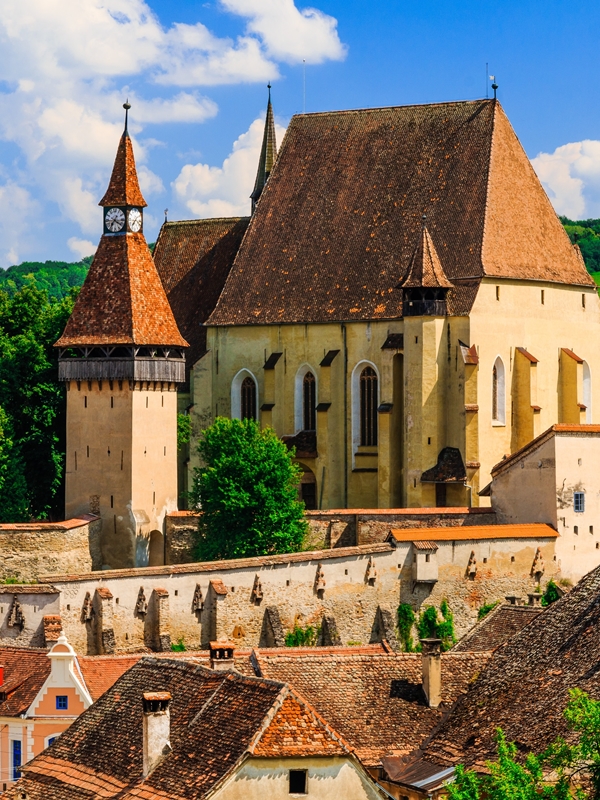
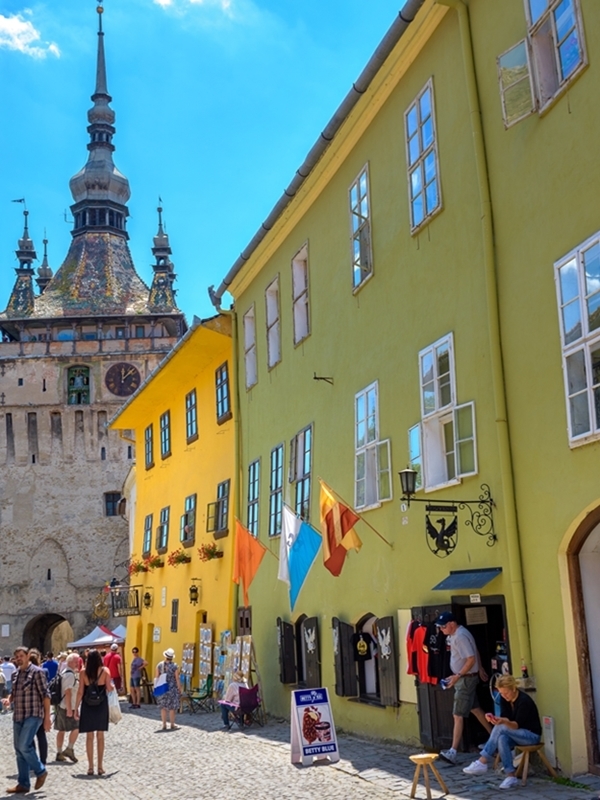

Breakfast in the morning.
Today's highlights: Biertan Fortified Church. The architectonic ensemble from Biertan impresses by a harmonious matching in locality, by its esthetic and historic value and especially by the original substance preserved since the end of the 15th century and the beginning of the 16th century, characteristics which determined its inclusion on The UNESCO List of World Patrimony.
After this, we continue our way to Sighisoara citadel – Europe’s best preserved medieval town! One of the most beautiful towns in the heart of Transylvania, the whole medieval citadel is today a part of UNESCO World Heritage. The Clock Tower (Council Tower) – one if its most famous attractions, the Church on the Hill, the Scholars Stairs, The Monastery Church, the towers of the citadel (originally fourteen), The Shoemakers Town, the Tailors Tower, the Tinsmiths Tower, the Venetian House and Vlad the Impaler (Dracula) House are only a few of the highlights.
In the evening, return to Sibiu and overnight in the same hotel.
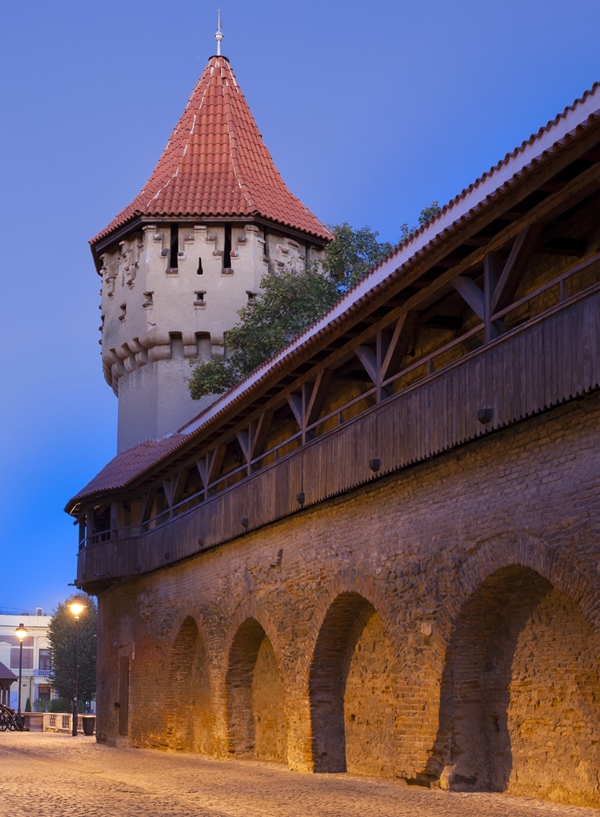
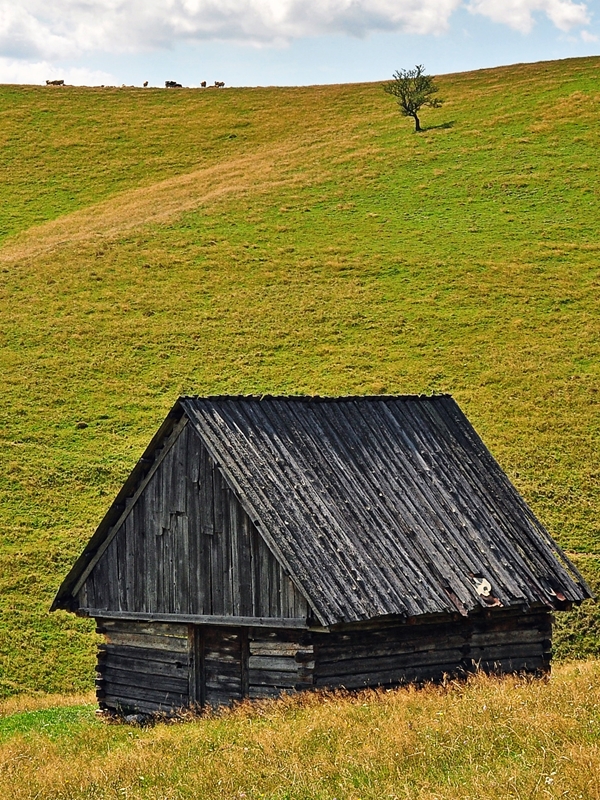
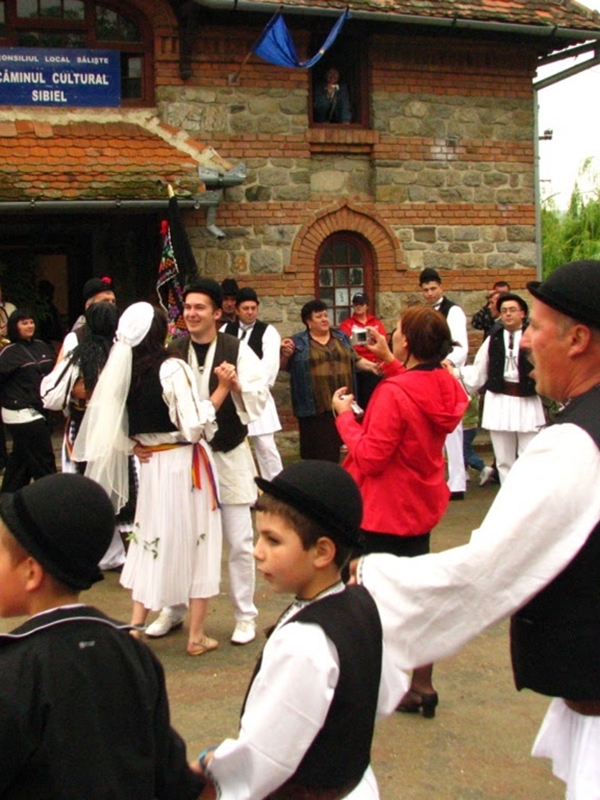
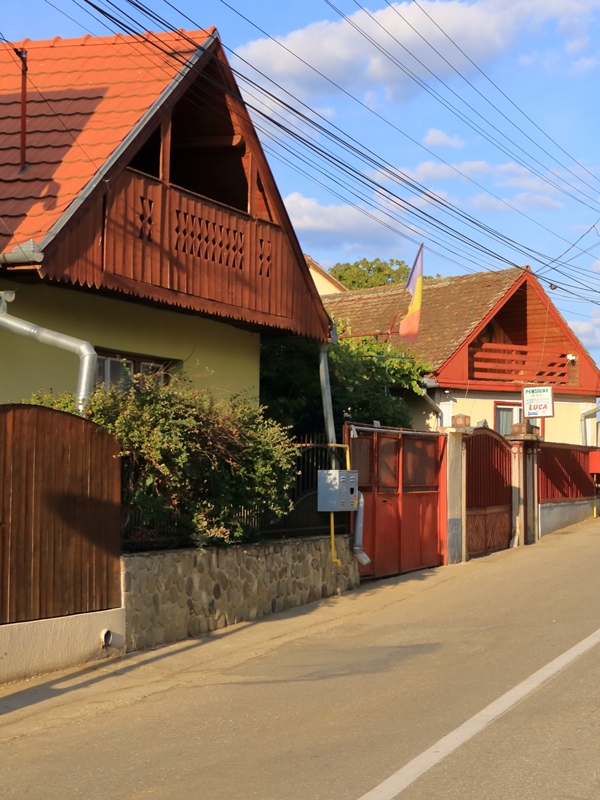
Breakfast in the morning, then in the afternoon we move to Sibiel, a picturesque village situated 20 km away from Sibiu. Here, we will discover a typically Transylvanian village where nature, tradition, culture and inhabitants’ hospitability join in a harmonious way.
We will enjoy a tasty traditional home-made lunch in a family guesthouse – meal prepared by the owner herself for you with pure biological food and drinks included, experiencing the Romania hospitality. We will also have the opportunity to see how villagers live in the country side, how they grow their domestic animals and how they prepare traditional food and drinks.
Here we will also see the wonder of Sibiel - the Glass Icons Museum, maybe the greatest Glass Icon Museum from Europe or even from the world, that is named after his founder, the priest Zosim Oancea.
Afternoon enjoying a relaxing walking tour of Sibiu`s Old District. Sibiu is one of the most important fortified towns in Transylvania. The city is reminiscent of old European cities such as Nurnberg and it was founded in 1190 and grew to be the chief city of the Transylvanian Saxons. This amazing place, with the "Old Town" (The Big Square, the Small Square, the Ursuline Church, The Franciscan Church, The staircase Tower, the Tanners Tower, the Liar’s Bridge , the House of the Butcher’s Guild and last but not least with the amazing Brukenthal Museum) is a gorgeous place to see. Optional visit to Brukenthal Museum, the oldest museum in Romania with a vast collection of paintings, antiques, coins, and rare books.
Accommodation in Sibiu.
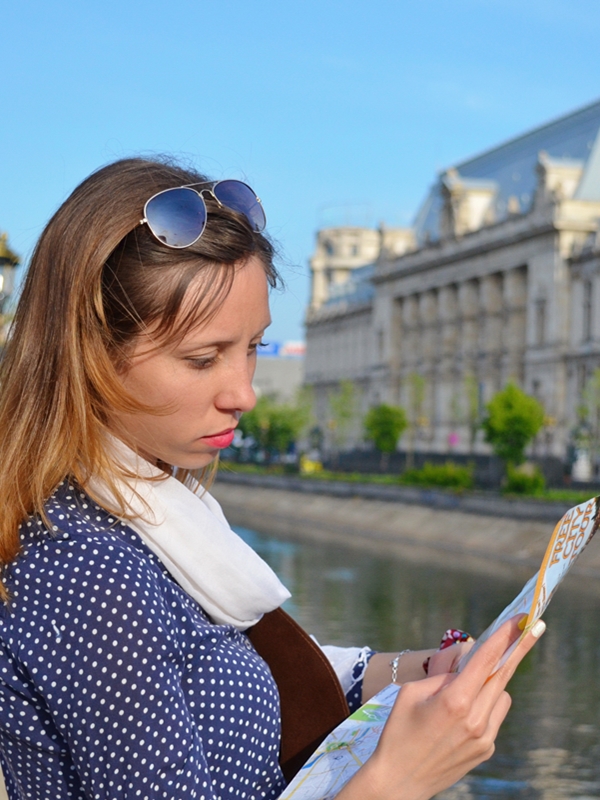
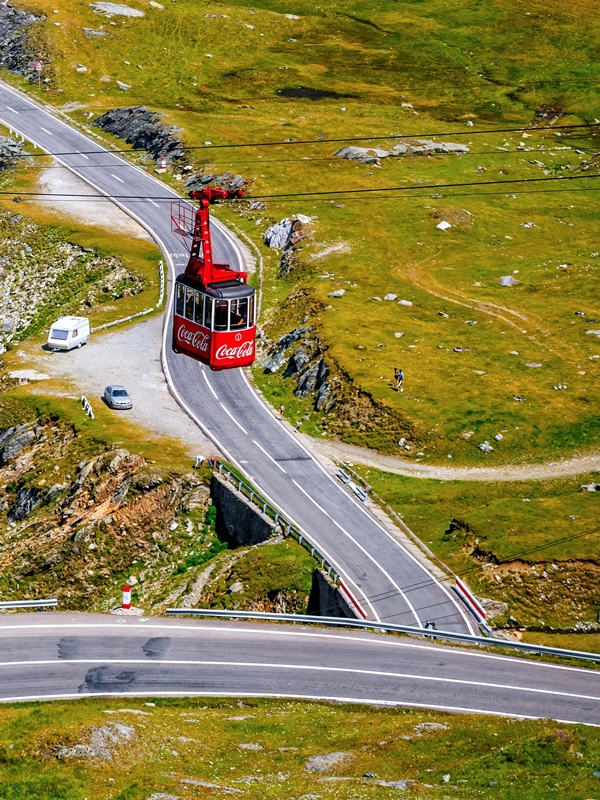
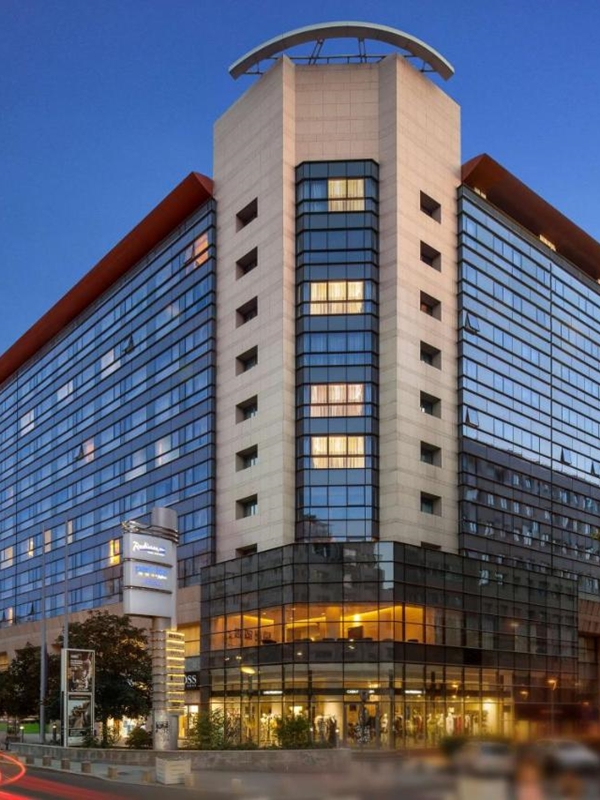
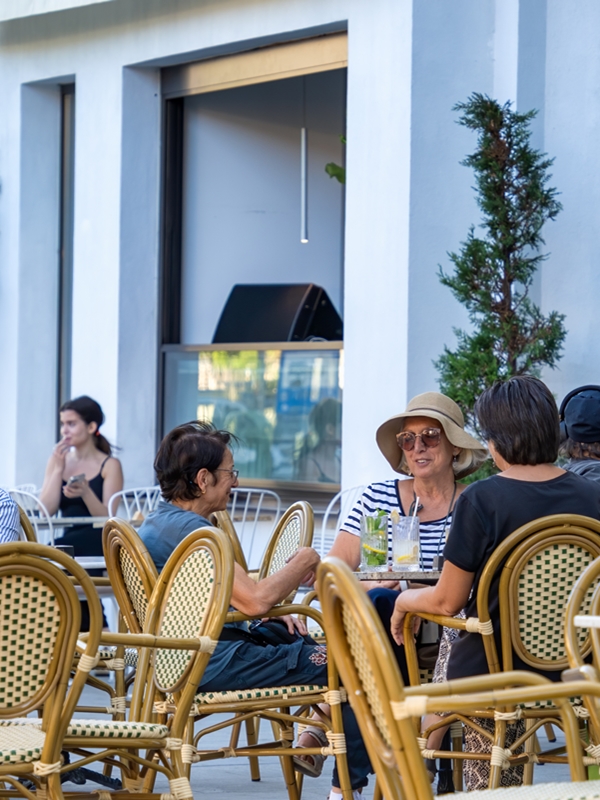
Day 16: Sibiu - famous Transfagarasan Road - Bucharest
After breakfast, we say goodbye to Sibiu and head South to Bucharest, passing through the Carpathians Mountains. On our way we will visit Cozia Monastery erected by Mircea cel Bătrân in 1388 and boasting his tomb, being one of the most valuable monuments of national medieval art and architecture in Romania.
In the evening arrival and accommodation in a centrally located 4* hotel in Bucharest for the following 2 days.
*Between 1st of July and 15th of October, the Transfagarasan Road is usually open and we can visit Curtea de Arges Monastery; when the weather conditions do not permit it and the road is closed, we will visit Cozia Monastery, which is located on the beautiful Olt River Valley.
Day 17: Bucharest (sightseeing tour)
Meet the guide after breakfast, and then begin the sightseeing tour of Bucharest – the Romanian Capital. The tour will start in the morning at your hotel and following a four hour itinerary that will show the most interesting sights of Bucharest downtown with entrance at the Parliament Palace and The Village Museum. Of course, we will not miss the Old Town of Bucharest!
After a refresh break at the hotel after the city tour, we will get ready and go out to the restaurant for a goodbye dinner! We will enjoy a traditional Romanian dinner, try some traditional dishes and get familiar with the local culture through the live music and show of folk dances, in a cozy and famous restaurant in Bucharest! Return to the hotel for your last night accommodation.
Day 18: Bucharest. End of the tour.
Breakfast in the morning, then free time at your disposal to enjoy the city as you wish, have a walk, make some shopping, until your departure flight. Transfer to the airport for your departure flight and end of the tour.
PRIVATE TOUR by car/minivan
*ask for a quotation depending on the number of people travelling together
- Professional guide assistance, English speaking (or other languages upon request), during the whole trip;
- Transport by private modern AC car/mini-van (fuel and parking fees incl);
- Airport pick-up/drop off;
- 17 nights accommodation, breakfast included, in hotels and guesthouses;
- 1 traditional home-made lunch with pure biological food, at the local guesthouse in Sibiel village, alcoholic drinks included;
- Farewell dinner in the last evening in Bucharest;
- City tour in each city in the trip.
- Entrance fees to the touristic attractions included in the itinerary;
- Photography fee;
- Meals, other than those mentioned in the itinerary;
- Other expenses (such as souvenirs, room service, tips and so on).

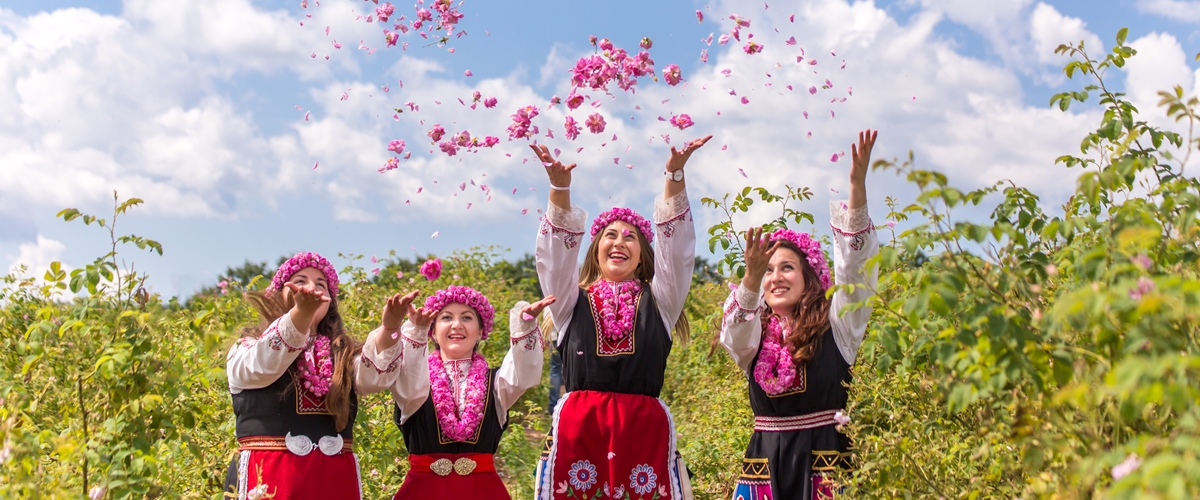



.png)



